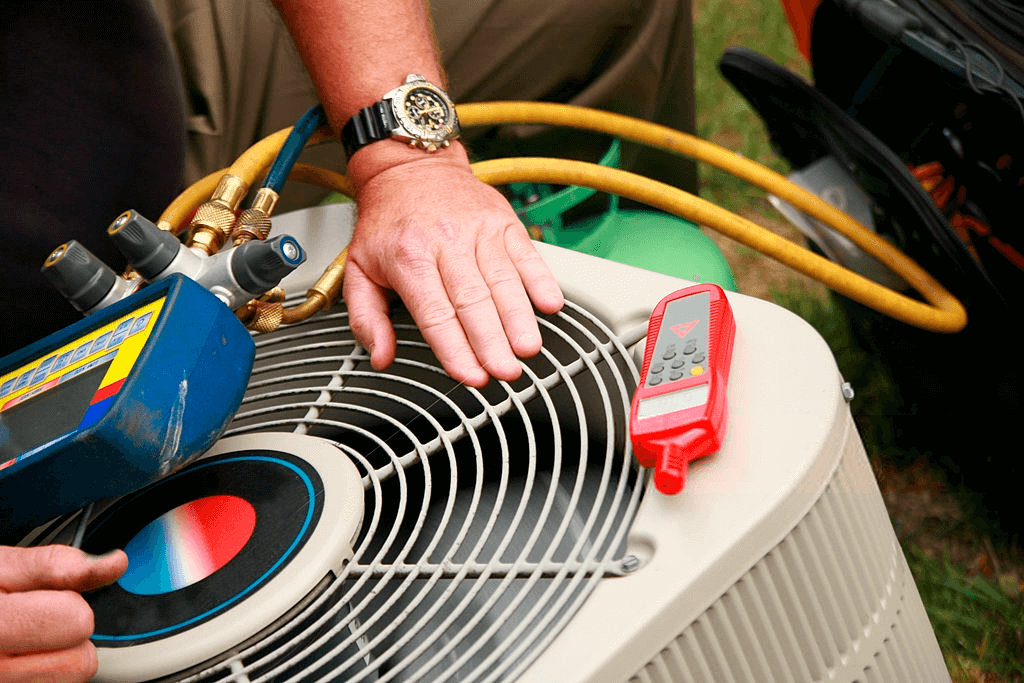
The purpose of this article is to discuss indoor environmental comfort products. Specifically, the term HVAC will be defined and described in relation residential customers. Have you ever had to have your air conditioner replaced or repaired and you had no idea where to start? Trust me; you are not the only one. With so many terms flying around, you practically have to be an expert on everything just to keep up these days. This is especially true with respect to indoor comfort products, such as heaters, ventilators and air conditioning systems or HVAC for short. This article will seek to not only describe these systems, explain how they work as well as the how these systems enhance our quality of life.
The term HVAC, which is an acronym that stands for heating, ventilation and air conditioning, generally refers to the main mechanical infrastructure that controls the climate of an environment or structures such as building, or home. More specifically, the climate control system pulls air from the outside environment into the inside environment while adjusting the temperature as set by a control mechanism, i.e. a thermostat. In doing so, hot or cold water is typically filtered through coils located inside the mechanical infrastructure of the building or home, as air passes over the coils it is either heated or cooled by the water, subsequently producing a desirable temperature. With respect to size, the larger the better; meaning, larger sized systems have the strength and capacity to produce climate controlled air, particularly throughout a larger space. Although HVAC systems are typically sold to commercial facilities that require climate controlled air in order to sustain sensitive items such as food or medicine, they are also sold to residential customers who also seek the benefits of an improved quality of life as a result of a climate controlled air system. This is especially true for individuals that live in extreme climate areas, like Alaska.

While the benefit of comfort is certainly the primary reason many seek out these climate control systems, there is a significant toll that these systems do take on the environment. In fact, climate control systems contribute significantly, nearly 60 percent a year, to all commercial and residential energy use in the United States. However, such facts should not discourage those interested in these systems because the climate control industry is constantly evolving creating new and improved ways to provide comfort in energy efficient ways. In fact, in addition to more modern energy efficiency rated systems, traditional HVAC manufacturers also offer information/tips to customers in an effort to aid them in the preservation of energy, while at the same time maximizing the benefits of their systems.
The take away is simple: HVAC equal comfort. Although the term literally means heating, ventilation and air conditioning, it is in essence the term used to define climate control systems through the use of mechanical infrastructure that utilizes hot and cold water. While these systems can serve both commercial and residential customers, their primary function is to enhance the quality of life for individuals and/or preserve products that require a stabilized temperature to prevent spoiling or deterioration. In order to accomplish this, a significant amount of energy is utilized; however, new developments in the area of energy efficiency are now available for environmentally conscious climate control users.
